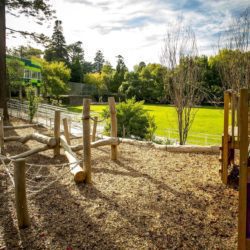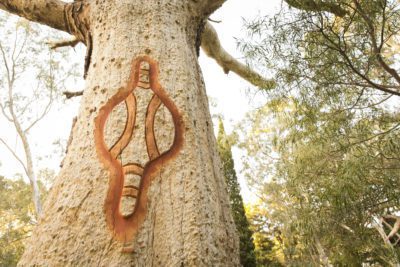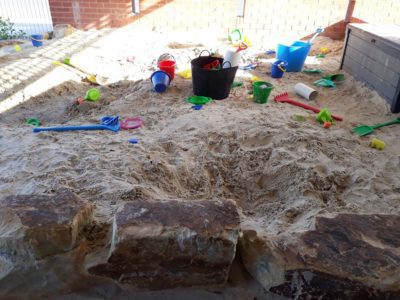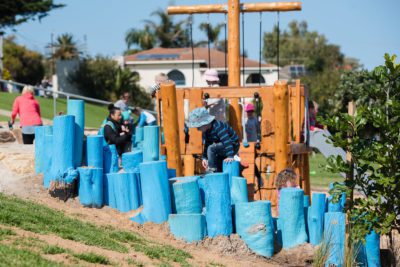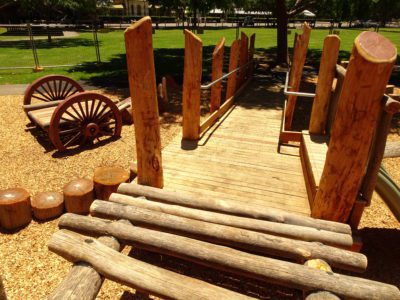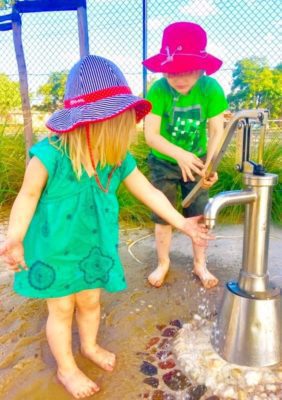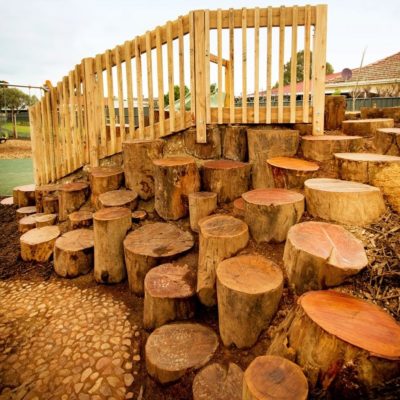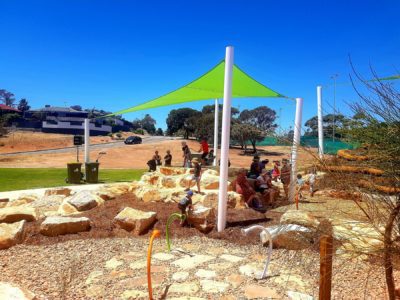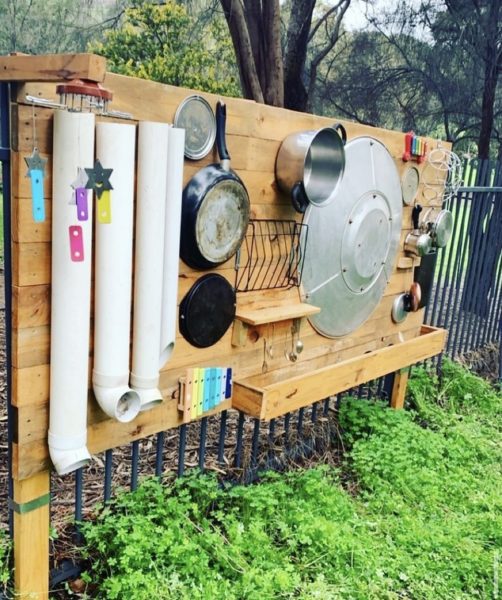St Catherine’s School, Stirling SA
A few words from the school St Catherine’s beautiful 5 acres of grounds are extensive and well utilised! Our Nature Play areas include the forest, wetlands and play equipment. The students can let …
A few words from the school
St Catherine’s beautiful 5 acres of grounds are extensive and well utilised! Our Nature Play areas include the forest, wetlands and play equipment. The students can let their imaginations run wild with the endless possibilities. Our commitment to our environment goes further still. The sheer size of our grounds allow our students the opportunity to develop a deep understanding of our world and sustainability.
Nature Play and sustainability is core to our culture. We also run a weekly pre-schoolers playgroup, Forest Friends, which is run on Nature Play principles and is based in “The Forest” area of our school.
Full nature play summary at our beautiful school
At St Catherine’s our learning utilises experiences offered through:
- Aquaponics fish farm: stocked with rainbow trout, barramundi, perch and yabbies
- Fish tanks breeding program
- Chickens and worm farms
- Gardens and wicking beds
- Vegetable gardens
- Orchard
- Wetlands
- Bokashi bins
- Compost stations
At St Catherine’s we are blessed with being situated on a large parcel of land amidst lush gardens and mature trees, in the stunningly beautiful Adelaide Hills. Nature Play is a part of our culture supported by an abundance of space and materials. Students have the opportunity to explore, construct and play with natural objects. They use their imagination and creativity to set up shops, fairy gardens and cubbies. This fosters a connection with Creation and an awareness of how to care for it.
Our parent run weekly playgroup, Forest Friends, is run on nature play principles and is based in the “forest” area of the school.
Our school is a member of Nature Play SA, providing staff with ongoing support, ideas and inspiration for exploring and developing aspects of the Australian Curriculum through utilising our outdoor spaces.
We are passionate about the many benefits of outdoor nature play for young children and enjoy being outside together regardless of the weather. We also incorporate the ‘Reggio Emilia’ approach that the school is embracing which focuses on setting up beautiful ordered environments with lots of natural light and following the child’s lead and interests in play/learning.
We have a mud kitchen with pots and pans for making mud pies, soups and wonderful stews, a truck quarry and digging patch, cubbies, crafts, songs, stories and lots of pretend play. We incorporate many random objects from nature into play and encourage families to bring along flowers, herbs, leaves, pebbles, sticks, gum nuts, seed pods etc. from their gardens. Twice a term (weeks 5 and 10 of the school term), Forest Friends visit the school “wetlands” area in which we walk down to visit the chickens, past the fruit tree orchard and explore the forest paths winding through the “wetlands”.
We live The Australian Curriculum Cross Curricula Priority of ‘Sustainability’ each day through…
- Composting of all food and green waste
- Diligent recycling – paper/cardboard, metals, glass, plastic (including soft plastic wraps), batteries, printer cartridges, use of e-waste recycling facilities
- Reducing waste sent to landfill
- Active promotion of ‘nude food’
- Tuckshop dedicated to healthy, minimally wrapped products
- Waste free school events: for example our children’s disco - no land fill waste was produced
- Seeking out sustainable alternatives to everyday items
- Sustainability Committee – comprised of parents, students, staff and NRM rep
- Nature play – play group & play areas
- Permaculture orchard, vegetable and herb gardens
- Cluckingham Palace – chooks
- Aquaculture & aquaponics – linked to curriculum – in particular Yr 5 (specialist teacher)
- Wetlands – revegetation of local flora species – increasing habitat for local fauna. Plant identification, seed collection and propagation
- Water quality monitoring and improvement
- Worm farms
- Creation of butterfly gardens
- Bat and bird boxes
- Beneficial insect and native bee hotels
- Green Team – student environmental group
- Membership of YELP – Young Environmental Leaders Programme
- Promotion and sale of ‘keep cups’
- Solar panels
- Rainwater collection
- Student lead initiatives to reduce power use
- Regular information regarding sustainability shared with families through newsletter
- Partnerships with outside agencies – NRM, Inspiring SA, KESAB, Nature Play Australia, Naturally Smart
- ESO – focused on Ecological Sustainability – working with teachers, students and families
- Promotion of the Naturally Smart Coffee project – ethically sourced, locally roasted and 100% compostable packaging (including pods)
Aquaponics
Our aquaponics system is set up below our beautiful treehouse (library) in an enclosed area. We have rainbow trout, barramundi, perch and yabbies that help provide nutrients to our plants…
Aquaponics is a combination of aquaculture, which is growing fish and other aquatic animals, and hydroponics which is growing plants without soil. Aquaponics uses these two in a symbiotic combination in which plants are fed the aquatic animals’ discharge or waste. In return, the vegetables clean the water that goes back to the fish. Along with the fish and their waste, microbes play an important role to the nutrition of the plants. These beneficial bacteria gather in the spaces between the roots of the plant and converts the fish waste and the solids into substances the plants can use to grow. The result is a perfect collaboration between aquaculture and gardening.




